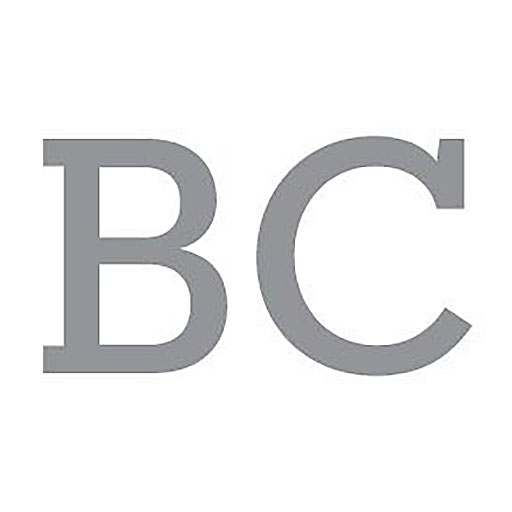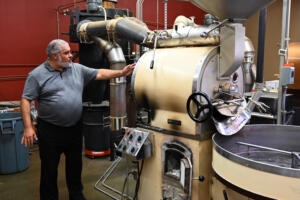Behind the Beans
DOLCE FINE
A shooter, that should be taken slow but all at once.
Ingredients
- raw sugar
- 1/3 vanilla syrup (or baileys or vanilla vodka)
- 1/3 espresso
- 1/3 heavy cream
Preparation
- Rim a tall shot glass with raw sugar.
- Fill with one-third of each liquid, starting with the vanilla.
- Enjoy!



